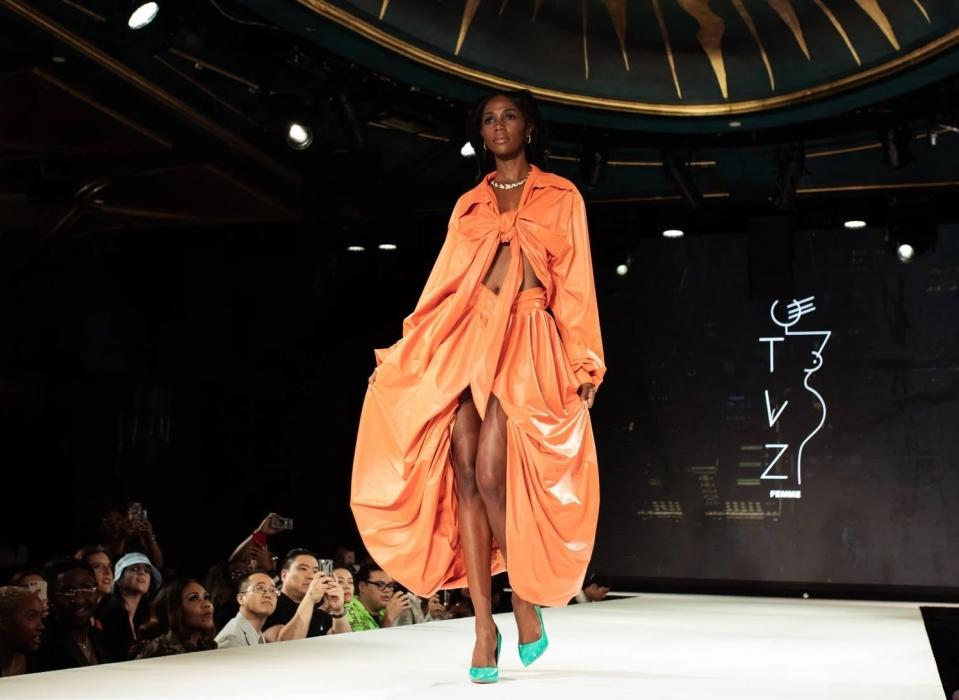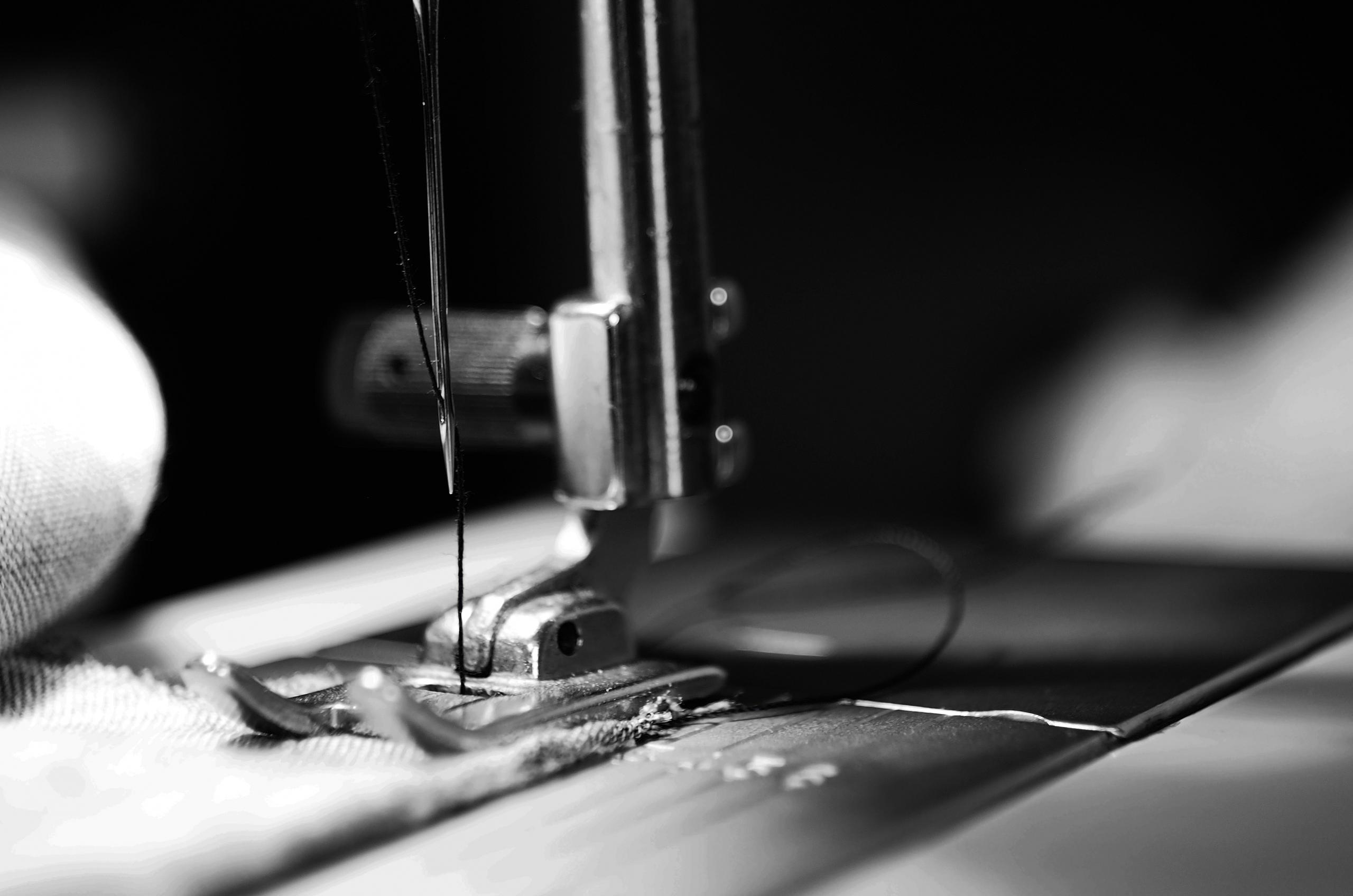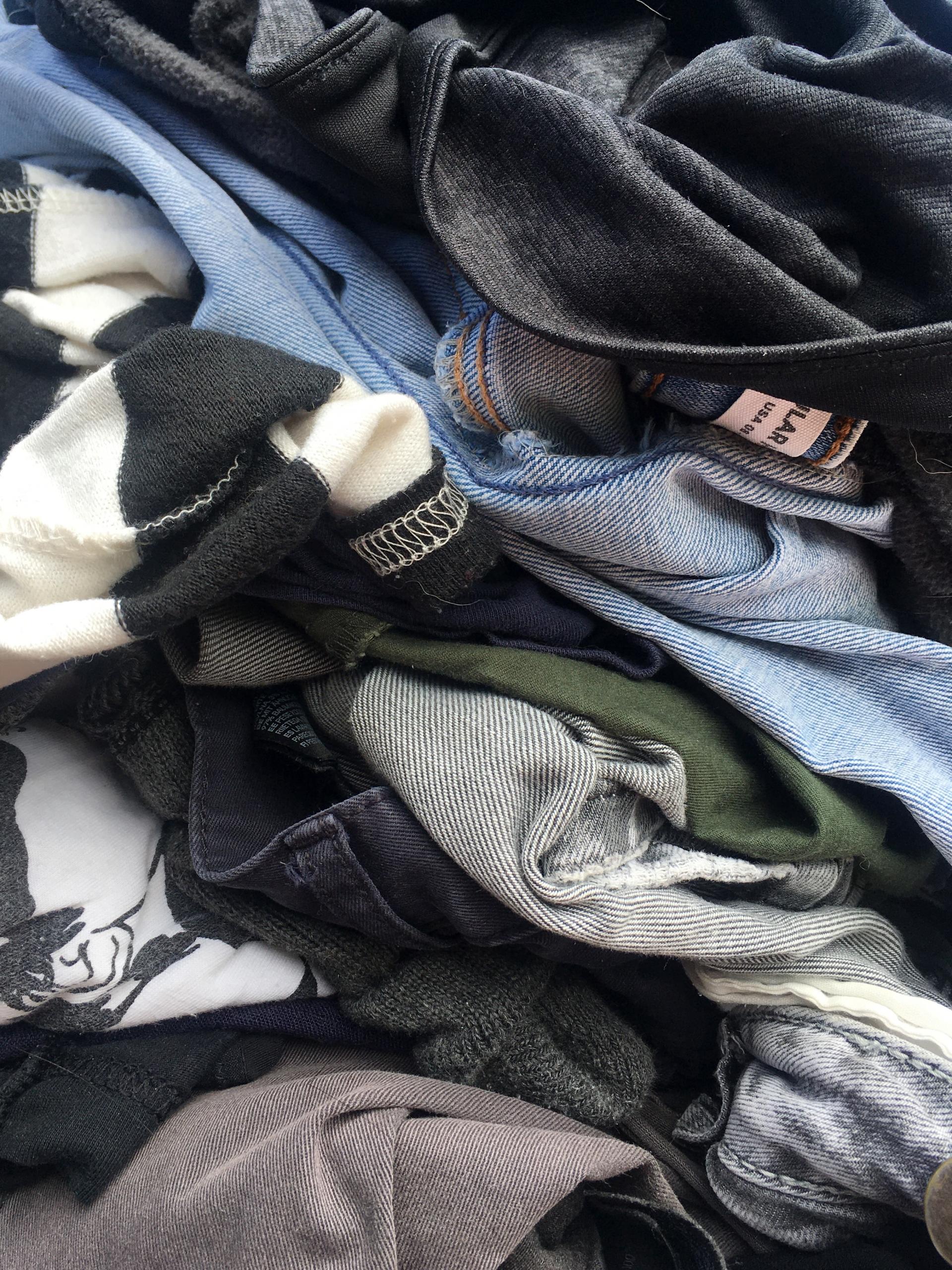Every year, the highly anticipated Paris Fashion Week dazzles visitors and draws the eyes of the world to the new collections on display. In 2022, 29 brands presented their spring-summer collections.
Coats, skirts, printed trousers, streetwear, suits, French couture is represented in all their forms as well as foreign haute couture houses. With no less than 100 fashion shows scheduled on the catwalk and other events organised online, Paris Fashion Week brings together the biggest names in haute couture.
Coco Chanel, Yves Saint Laurent, Hubert de Givenchy, Pierre Cardin, Karl Lagerfeld, Christian Dior, Sonia Rykiel, Thierry Mugler - all took the stage in the fashion capital of France. Paris is actually the only city to offer haute-couture shows. Every major fashion designer looks forward to this event in order to showcase their art to as many people as possible.
But do you know everything about French Fashion Week?

How to Get into Paris Fashion Week?
Would you like to attend the Chanel shows or see the latest models designed by Dior's artistic director Maria Grazia Chiuri? Once highly confidential and reserved for a certain class of society, Fashion Week shows are now much more open to the public. However, attending the Fashion Week shows and being able to get close to the models and admire their creations is still a golden opportunity.
To attend one of the Fashion Week shows, it is essential to obtain an invitation card. In other words, it is necessary to be part of the fashion world by taking sewing classes, for example, in order to be able to observe the new couture pieces. Journalists and photographers are also invited to these shows. It is therefore ideal to know someone who is invited (press contact, Vogue journalist, stylist, designer, model, art director, fashion designers, wardrobe staff) so that you can slip into the crowd with your friend.
Social media can also allow you to win a few tickets to attend Fashion Week. In fact, some fashion influencers or fashion courses offer contests to attend the biggest shows. So keep an eye out, don't miss the opportunity to be lucky enough to attend the show. Do not hesitate to type the query "Attend Fashion Weeks" on a search engine to find out about the latest opportunities.
In general, the different weeks of Paris Fashion Week are divided according to the spring-summer and autumn-winter seasons as follows:
Spring-Summer Autumn-Winter Haute couture weeks January or February June or September Ready-to-wear weeks March September or October Men's Fashion Weeks January or February June or September
Spring and autumn sewing of women's ready-to-wear clothing: To help you catch a glimpse of the catwalks, here is the calendar of dates for the next Paris Fashion Week:
- From Monday 28 February to Tuesday 8 March 2022,
- From Monday 26 September to Tuesday 4 October 2022,
- From Friday 24 February to Saturday 4 March 2023,
- From Monday 25 September to Tuesday 3 October 2023,
- From Friday 1 to Saturday 9 March 2024,
- From Monday 23 September to Tuesday 1 October 2024.
The men's fashion shows take place :
- From Tuesday 18 to Sunday 23 January 2022,
- From Tuesday 21 to Sunday 26 June 2022,
- From Monday 13 to Saturday 18 February 2023,
- From Thursday 14 to Tuesday 19 September 2023,
- From Monday 19 to Saturday 24 February 2024,
- From Thursday 12 to Tuesday 17 September 2024.
The fashion shows of the haute couture houses take place :
- Monday 24 to Thursday 27 January 2022,
- From Monday 4 to Thursday 7 July 2022,
- From Sunday 19 to Thursday 23 February 2023,
- From Wednesday 20 to Sunday 24 September 2023,
- From Sunday 25 to Thursday 29 February 2024,
- From Wednesday 18 to Sunday 22 September 2024.
What is the History of Fashion Week?
Fashion Week is nowadays an event that takes place several times a year in four cities around the world: Paris, London, Milan and New York. Designers from all over the world come to show their ready-to-wear collections in various fashion shows. But Fashion Week is far from being a recent invention.
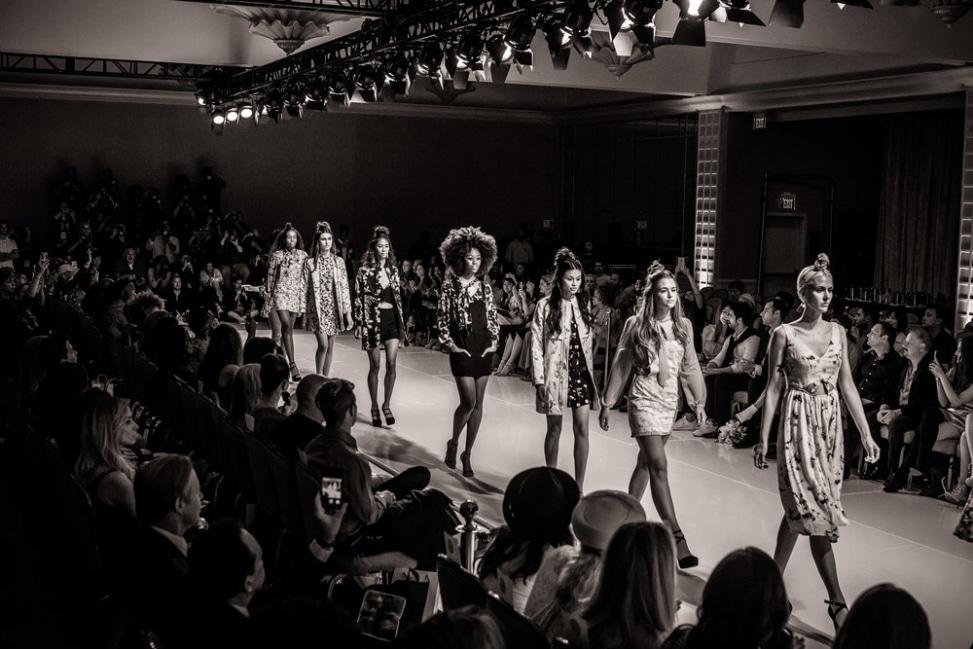
The Beginning of Fashion Week
Fashion festivities were launched in the 19th century. The two designers Paul Poiret (left) and Charles Frederick Worth had the idea of launching social evenings during which they could present their collections to high society.
Like a real ball, the guests came in their best and attended the fashion shows to discover the new pieces made by the couturiers. These evenings were private at the time and very little information leaked outside the rather closed circle of the upper class.
Following the creation of these balls, the most famous of which was in 1911 with Poiret's lampshade dresses, the Chambre Syndicale de la Haute Couture was created, which later became the Fédération de la Haute Couture et de la Mode. Its aim? To further develop the fashion industry.
The Explosion of Fashion Weeks
Over the years, these private parties to a closed-off feel have become less formal and have given way to private events organised by each fashion house.
These fashion houses then invite their clients, restrict invitations and turn away photographers for fear of having their new couture creations plagiarised.
This period saw the rise of great couturiers such as Coco Chanel, Madeleine Vionnet, Elsa Schiaparelli, etc.
A few years later, in 1945, the Chambre Syndicale de la Haute Couture regulated the organisation of these events. The fashion houses were each required to present a minimum of 35 outfits per season. Competition between Paris, weakened by the Second World War, and New York intensified. Paris relied on its star designer to make a name for itself: Christian Dior and his first Corolle collection, followed a few years later by big names like Pierre Balmain and Hubert de Givenchy.
The 1960s saw the arrival of a new big name in fashion design: Yves Saint-Laurent. While he trained at Dior, he later made a name for himself by presenting an original ready-to-wear line in 1966, including his famous dinner jacket. More modern styles were also pushed by the fashion designers Pierre Cardin and André Courrèges.
The Battle of Versailles
The first official Fashion Week, as we know it today, took place in 1973. That same year, the French Couture Federation was created. During this first official Fashion Week, the show known as "The Battle of Versailles" took place. In the midst of competition between France and the United States, the two nations presented five designers each for a show dedicated to raising funds to restore the Château de Versailles. Yves Saint Laurent, Emanuel Ungaro, Christian Dior, Pierre Cardin and Hubert de Givenchy represented France and the major Parisian fashion houses, while Anne Klein, Halston, Oscar de la Renta, Bill Blass and Stephen Burrows represented the United States.
Each country then redoubled its energy to impress the world of fashion. Between spectacular stagings and guests of honour, the show influenced a whole generation of dressmakers as well as the history of fashion and Fashion Week.
Fashion Week Nowadays
Today, Fashion Week is still an essential event for fashion lovers, but it bears no resemblance to the first organisations of the 19th century. Photographers are widely invited to participate in the shows in order to broadcast the new creations of the major fashion houses to the whole world.
Moreover, social media has largely democratised this type of event by broadcasting the shows on Tik Tok, Instagram, Facebook and many other social networks. The shows are far from being confidential and this actually suits the fashion houses, which are gaining popularity because of it.
What are the Most Beautiful Shows of the Paris Fashion Week?
Giorgio Armani, Ralph Laurens, Giambattista Valli, Louis Vuitton, Nina Ricci, Donatella Versace, Jean-Paul Gaultier, Dolce & Gabbana, Hermès - the history of Parisian fashion shows have seen many of the most prestigious names pass through.
At the Grand Palais, the Eiffel Tower or any other grandiose venue, each catwalk takes place in an environment as impressive as the fashion show itself. But among all the shows organised during Fashion Week, some stand out.
In 2022, some of the most beautiful and important fashion shows were:
- The Chanel fashion show,
- The fashion show of the AMI fashion house,
- The Louis Vuitton fashion show,
- The Dior fashion show,
- The Valentino fashion show.
Between elegance and glamorous and remarkable decor, these fashion shows made an impression on the guests. The Chanel fashion show in particular was the talk of the town. In the heart of the ephemeral Grand-Palais, several silhouettes took to the catwalk, including Charlotte Casiraghi, a champion equestrian. The latter showed up on horseback, wearing a Chanel tweed jacket. What a way to make an impression!
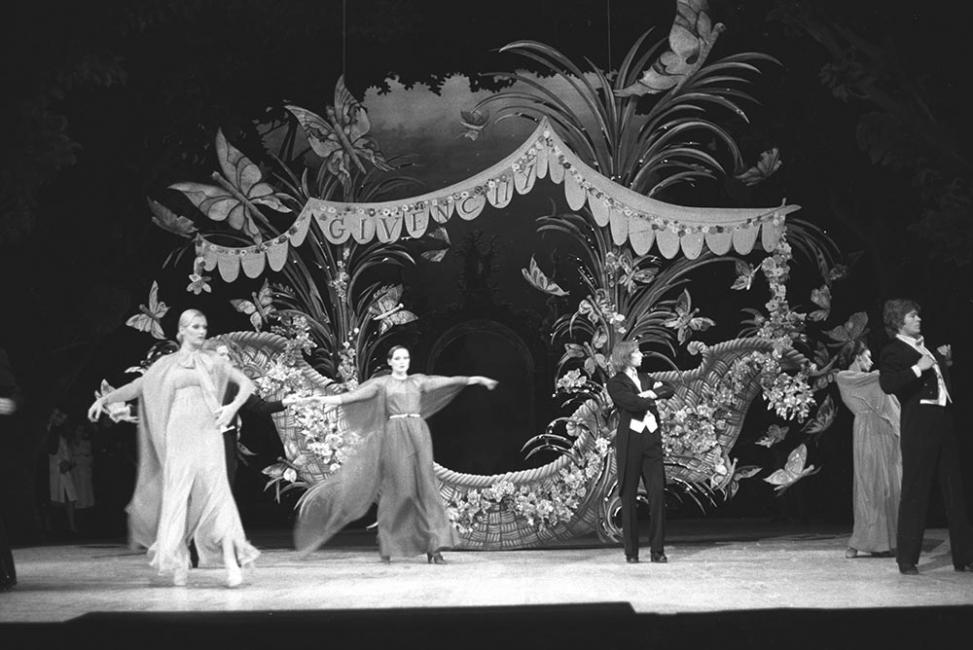
Past shows, including haute couture shows, made couture history at Paris Fashion Week. In September 2013, it was Marc Jacobs who attracted all the flashes of fashion photographers. The designer, artistic director of Louis Vuitton, presented his latest show for the haute couture house with a funeral ceremony atmosphere.
The Tuileries Gardens, the Palais de Tokyo, the Carrousel du Louvre, the Palais de Chaillot, numerous Parisian venues have seen the haute couture collections of the greatest designers in the fashion world. Each new label from the world of haute couture or ready-to-wear is thus highlighted in the most beautiful settings.
Have you ever been to a fashion show?

